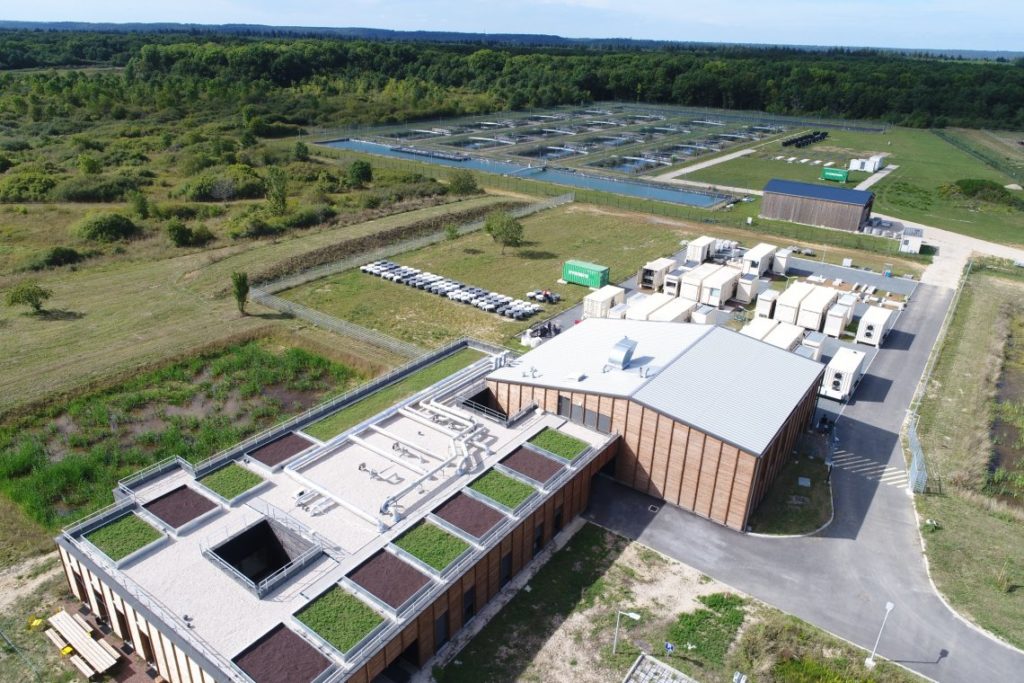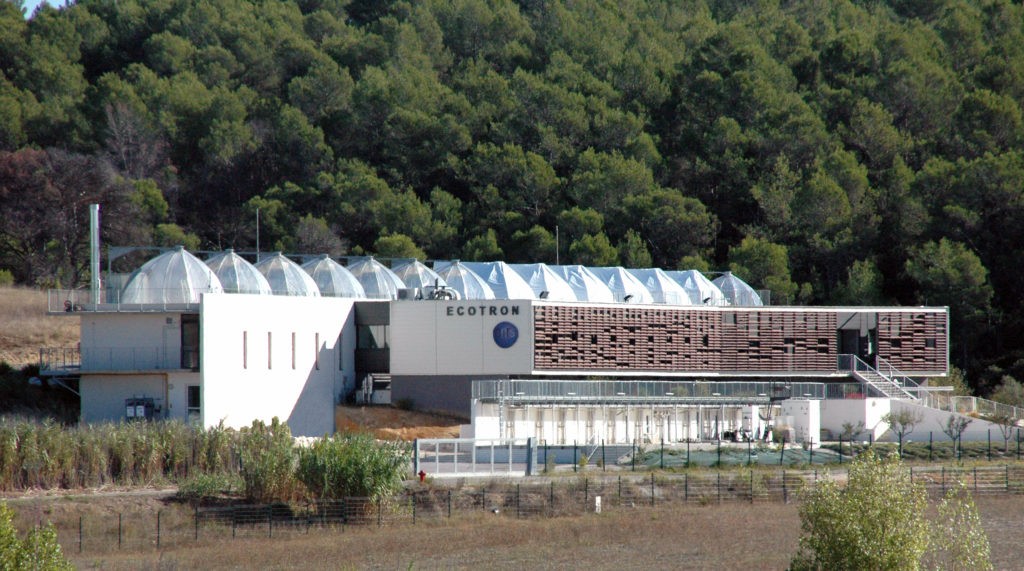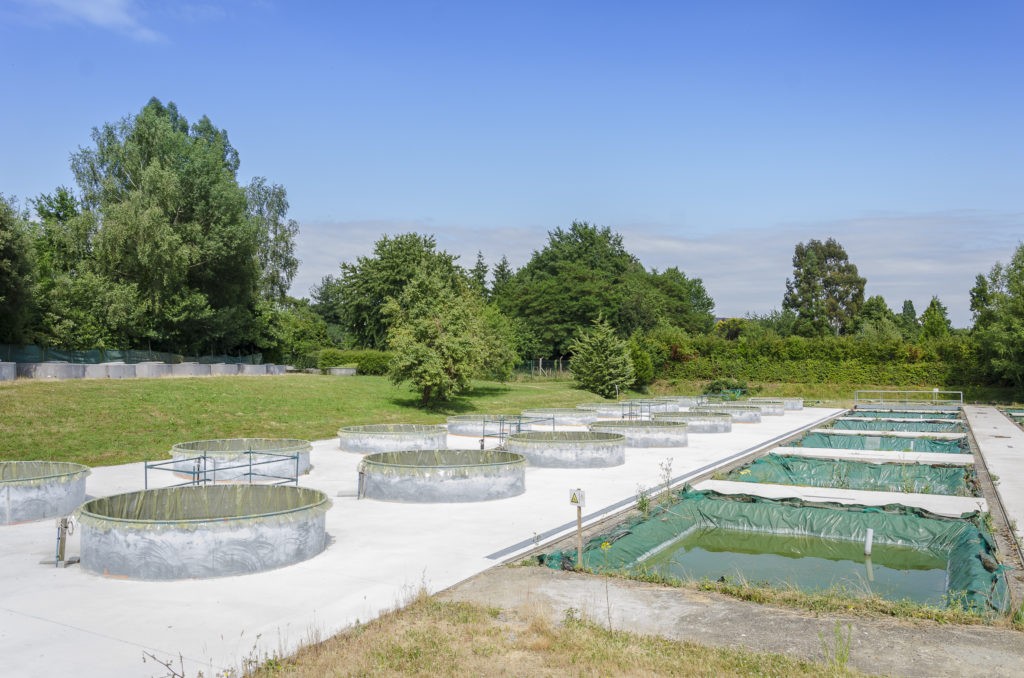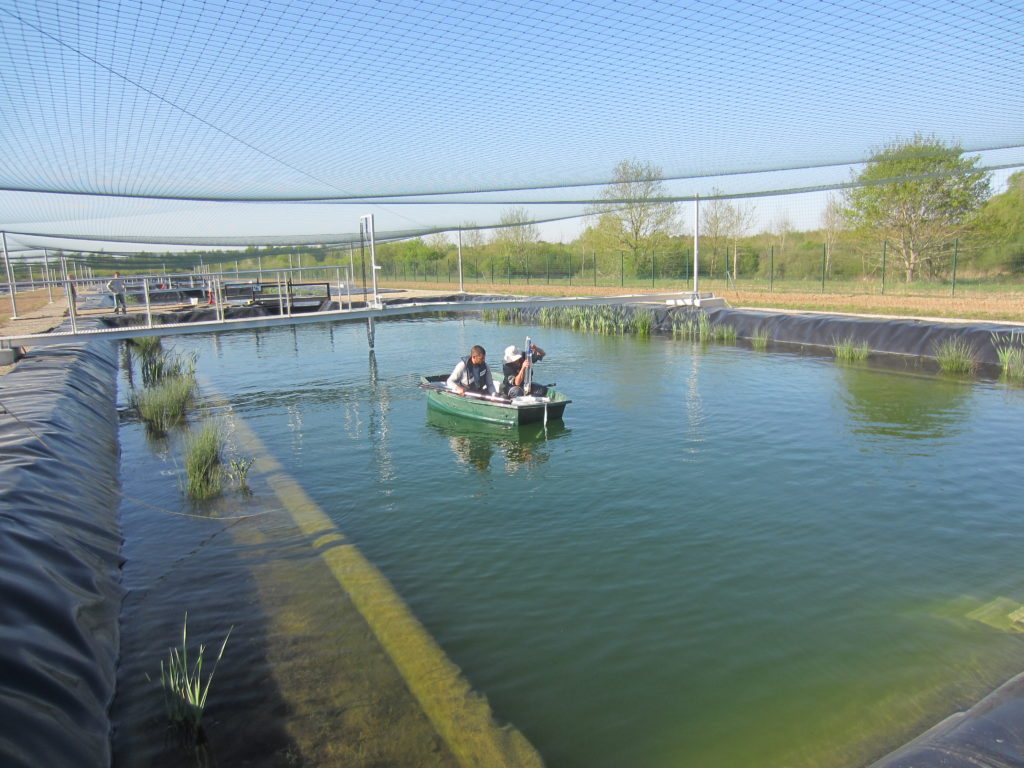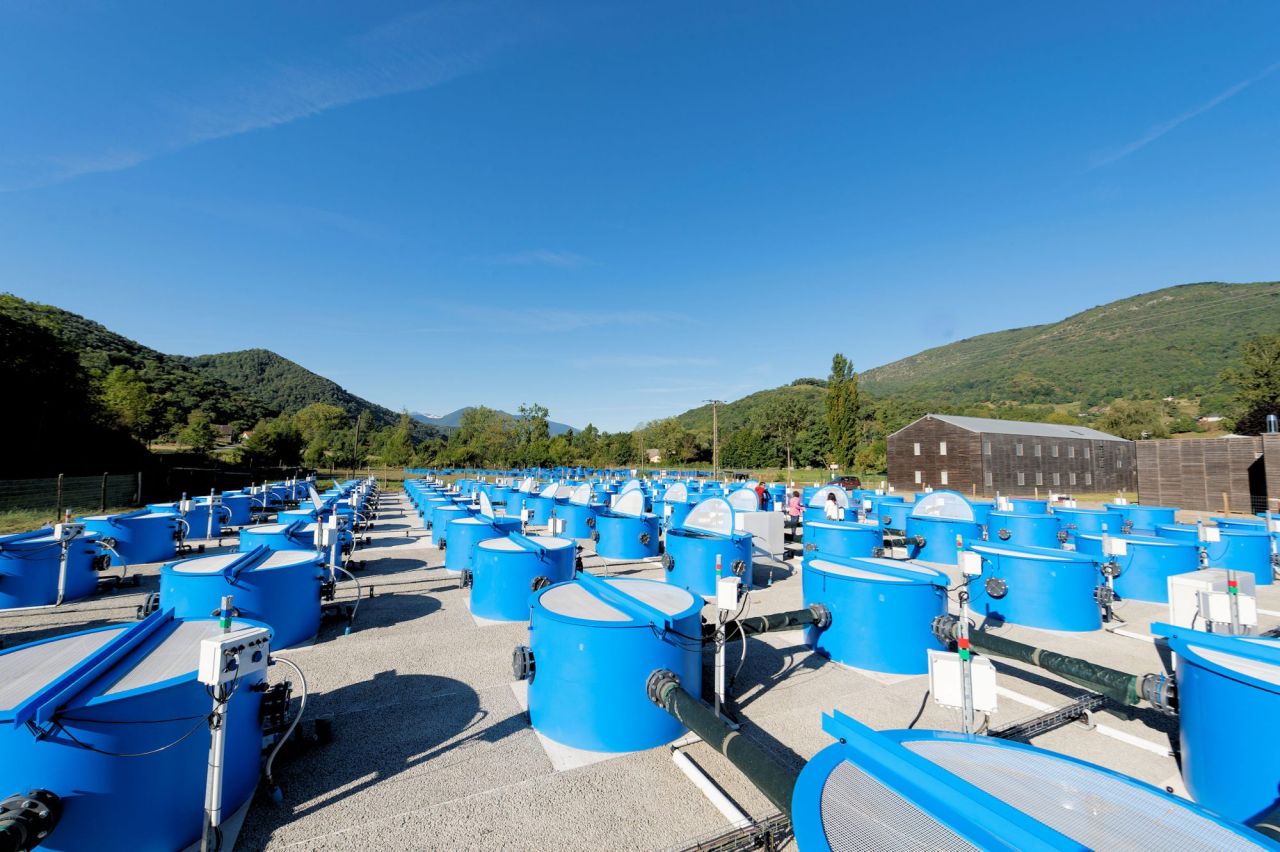
Aquatic Metatron
Introduction
Understanding the interactions between spatial dynamics, evolutionary dynamics and biodiversity at all levels of organisation is essential to predict ecosystem functioning in the short and long term, particularly in the context of abrupt and global environmental changes.
The Aquatic Metatron is a unique device for simultaneously studying the effects of climate change (warming or cooling) and habitat fragmentation (aquatic and aerial) on the functioning of aquatic ecosystems.
The simultaneous change in habitat structure and temperature in aquatic environments is unique in the world. Platform monitoring allows for continuous measurements of ecosystem properties. All platforms use water derived from the Lez River, and this water can be used directly, filtered, and/or UV-sterilized.
Proposed services
- Custom experimental services in enclosed environment

